Whether you're a student organizing notes, a freelancer managing projects, or a team collaborating on documents, you've probably heard whispers of Notion. It's true – this Notion tutorial will cover how to go from Notion newbie to productivity pro, teaching you the essential features.
You'll learn how to make Notion work for your needs, building custom workspaces and workflows. Consider this your very own, free Notion crash course, full of examples, and ready for you to explore at your own pace.
We'll unlock the platform's potential with a step-by-step guide, diving into its building blocks, literally. Ready? Let’s go.
Understanding the Basics
Notion's strength lies in its simplicity. However, mastering that simplicity means understanding its core components.
Notion 101: Pages & Blocks – The Building Blocks of Productivity
In Notion, everything starts with a Page or a Block. Think of a Page as a blank canvas for your ideas, projects, or even just a day's to-dos (like a Notion template).
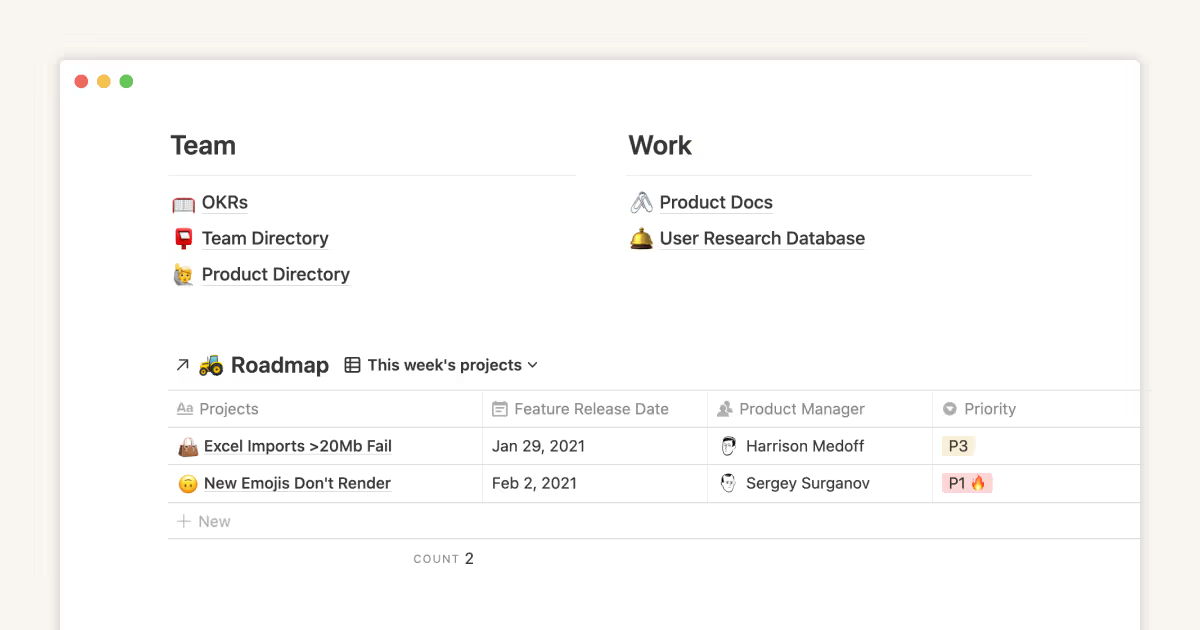
Pages aren't just static documents. This is where Blocks come in. Blocks are the heart of Notion, letting you transform a blank Page into something dynamic.
A Block can be as simple as a line of text or as powerful as an embedded spreadsheet. Imagine you're brainstorming project ideas on a Page. Suddenly, you have a brilliant thought – but it's not text, it's a visual.
You can embed an image directly into that brainstorming session. That’s a Block in action.
Here’s a breakdown:
Text Blocks: Your standard writing space for notes, paragraphs – anything you’d typically type out.

Header Blocks: Structure your thoughts. Use these like you would headings (H1, H2, etc.) in a document.
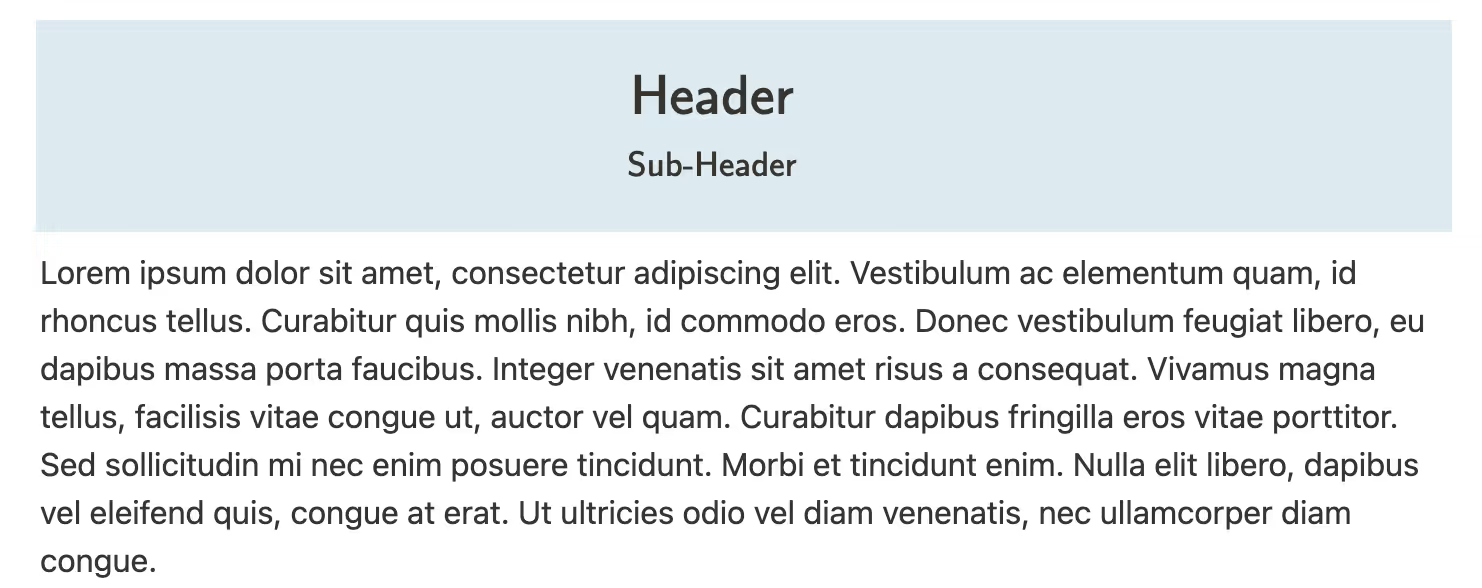
Image Blocks: Visualize. Drag and drop pictures right into your Pages to spark creativity or illustrate a point.

Toggle Lists: These are collapsible sections, perfect for tucking away extra info until needed, such as FAQs or in-depth explanations.
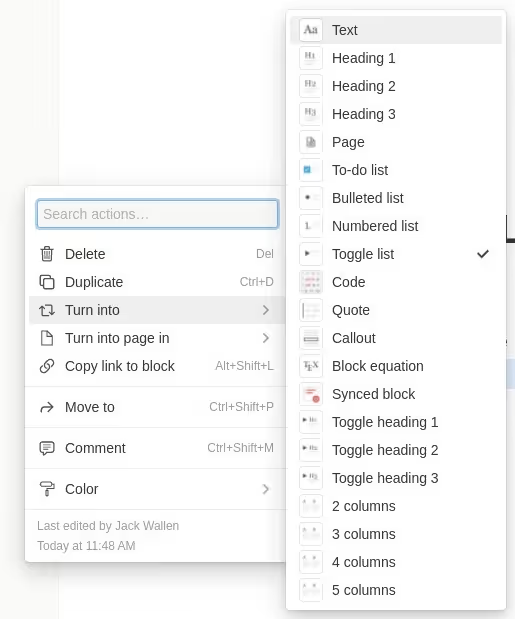
To-Do List Blocks: Track tasks directly within your Pages. They're simple, clean, and oh-so-satisfying to tick off.
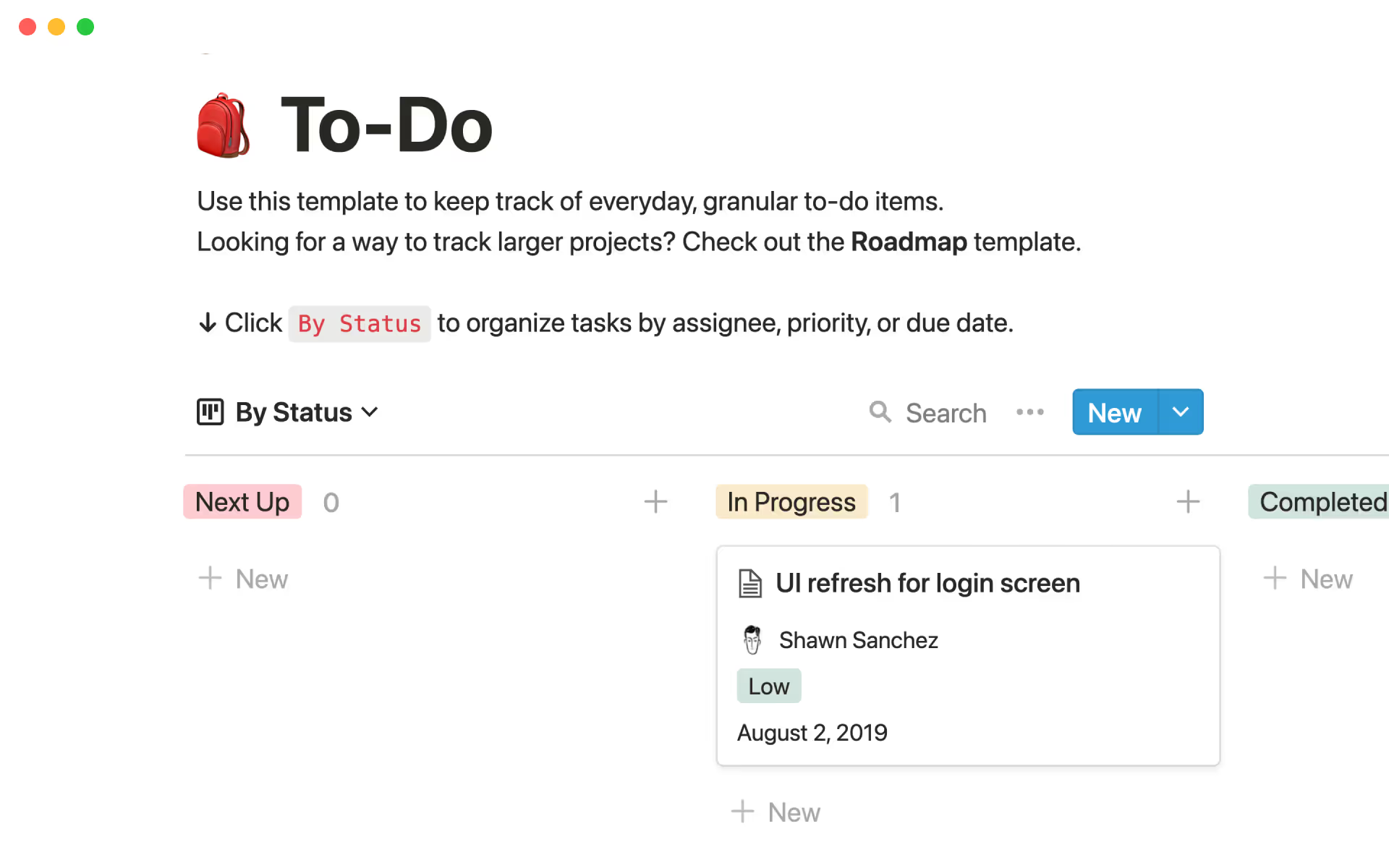
Table Blocks: Organize info. They are lightweight spreadsheets that live directly in your Pages.
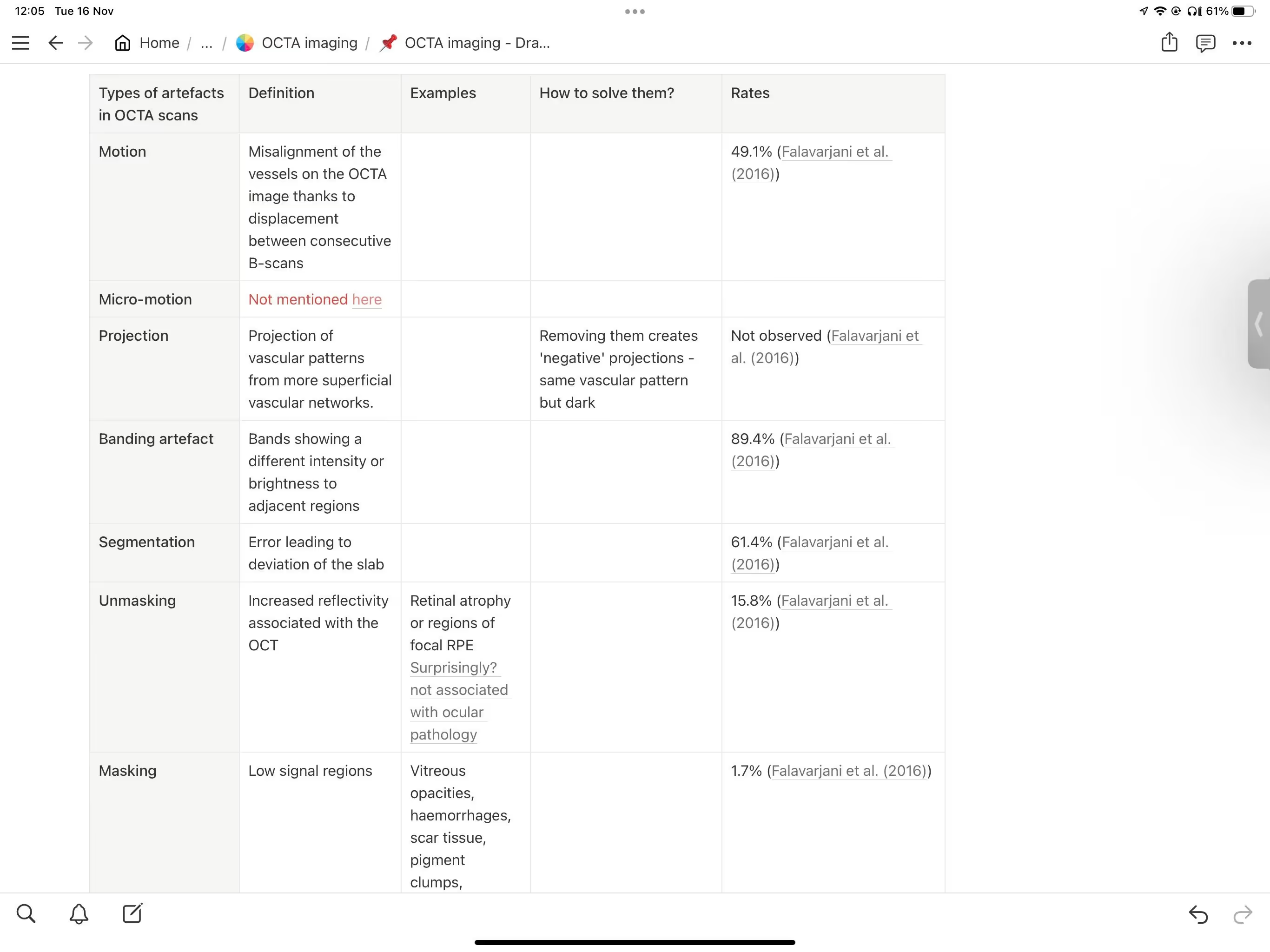
Callout Blocks: Highlight important notes, questions, or key takeaways – visually break up the flow.
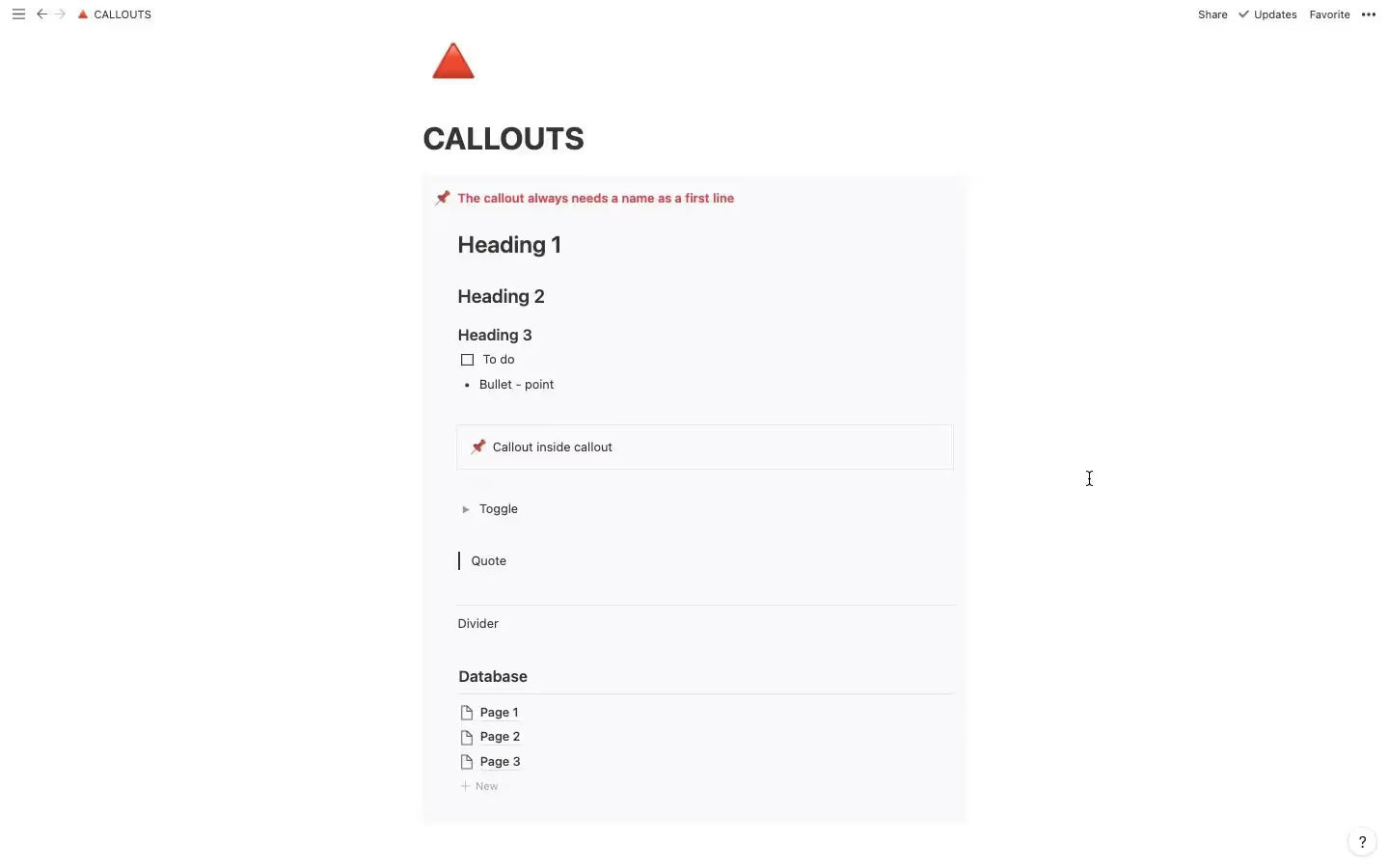
Embed Blocks: This is where Notion truly shines. Paste a YouTube video link, a Google Maps location, even a tweet, directly into your Page. The possibilities are almost endless.

But remember, this is just the tip of the iceberg when it comes to Blocks. What truly makes them unique is how they interact, especially when combined with Notion’s hierarchical file system.
Beyond Pages: Navigating the Power of Subpages and Hyperlinks
One common point of confusion when first learning Notion is the lack of traditional folders. This is where subpages come into play. They bring a familiar sense of organization.
Essentially, within any page, you can create another page. This becomes a subpage, nestled neatly beneath its parent. Let’s say you’re a student, and you're using Notion for a big research paper:
- You create a main page titled "Research Paper - The History of Tea".
- Within that, you could create subpages like "Notes on Green Tea," "Images of Tea Plantations," or "Draft Introduction."
Each subpage can then have its OWN subpages. Suddenly, you've got an organized hierarchy mirroring a complex research project.
This setup makes navigating between these pages critical for workflow. Luckily, Notion combines the familiarity of folder structures with the flexibility of hyperlinks:
- Click the "Open page in new tab" icon in a page's menu for traditional, file-system navigation.
- Create links between any two pages to mimic the free-flowing interconnectedness of the web. Think Wikipedia, but within your notes.
This interplay between traditional structure and hyperlinking makes Notion adaptable to different thinking styles, a major win for any Notion tutorial.
But wait, it gets even BETTER…
Supercharging Productivity with Databases: The Heart of Notion
Remember those basic Tables we mentioned earlier? Now, imagine a turbocharged version, that's a Notion database in a nutshell. Think of databases as collections of Pages – but with special superpowers thanks to "Views".
Confused yet? Don't be - this is actually one of the coolest parts of Notion. Think of each database view like a different pair of glasses:
- Table View: The classic spreadsheet layout is perfect for numbers-heavy data, task lists with deadlines, and anything needing that grid-like clarity.
- Board View: Ever used a Kanban board like Trello? That’s what this is – perfect for visually managing project tasks through stages (like “To-Do," "In Progress," and "Done.").
- Calendar View: Ideal for, well, calendars. But imagine linking specific notes or even subpages to date entries within that calendar. Birthdays, appointments, and project deadlines all become more interactive.
- Timeline View: Visualize projects on a linear schedule, with tasks mapped out chronologically. Great for visual thinkers who love Gantt charts, but in a far simpler format.
- List View: A clean and simple layout is excellent for basic note taking, organizing to-dos in priority order, and when a simple list does the trick.
- Gallery View: Image heavy? This is for you. It's perfect for mood boards, showcasing design inspirations, or anything where visuals matter.
These are just a few of the many views available, and with regular updates, there’s always something new to discover in a Notion tutorial.
With the basics under your belt, it's time to unleash Notion’s hidden gems to make your experience truly yours.
Hidden Gems: Taking Your Notion Game Further
What sets Notion apart from other productivity apps is how deeply personalizable it is, molding itself to YOUR workflow with a little effort.
Web Clipper: Capture Knowledge at Lightspeed
Ever stumbled upon a recipe online, an inspiring article, or a bit of research vital to a project and wished you could save it without interrupting your flow? This is where the Notion Web Clipper comes in handy.
Available as a browser extension (check the "Important Data" for links to download this magic tool). Imagine this scenario: You're building a Notion database to track your freelance client’s progress. Suddenly, while researching trends in THEIR industry, BAM, a fantastic article pops up.
Instead of copy-pasting clumsily, the Web Clipper lets you save the ENTIRE thing (text, images, even formatting), directly into your chosen Notion database entry – all in a few clicks.
This seamless capture of knowledge can transform a simple Notion tutorial into a treasure trove of insights, ready for you to synthesize later. Plus if you learn how to automate Notion, you can take your productivity even further.
UX Design: Beauty in Simplicity, Delight in Functionality
While a bit less technical, the beauty of Notion's design shouldn’t go unmentioned. Often, what keeps us coming back to a tool, especially productivity tools, is how it *feels* to use, not just its functionality.
A collaborative project? Sharing Notion documents with others feels elegant – your collaborators will be none the wiser.
The "Magic of Toggles": Organization's Unsung Hero
We'd be remiss not to mention Toggles when discussing how Notion's seemingly simple features pack such a punch. In a Notion tutorial geared toward true organization, mastering Toggles is a game-changer.
Think about:
- Writing drafts? Tuck away sections, revealing them as you refine for a cleaner writing experience.
- Creating an FAQ within a page? Toggles make them interactive without cluttering layout.
- Visual brainstorming where related sub-ideas stem from core concepts? Yep, you guessed it - TOGGLES.
Don't underestimate their power - they turn lengthy Notion documents from chaotic to manageable in seconds. Finally, the ability to seamlessly collaborate and share information in a Notion workspace with other users transforms an otherwise individual productivity app.
Seamless Collaboration & Shared Workspaces
While Notion excels for personal use, it really comes alive in shared spaces - perfect for teams. This goes beyond simply co-editing a doc, though, offering powerful controls for a collaborative workspace.
With Notion’s sharing options, gone are the days of messy email chains with multiple file versions. To get started sharing, it just takes a click of a button.
Need granular control over who sees what? Notion has you covered. Permission levels let you decide who has editing access versus viewing-only permissions – a lifesaver for sensitive info or ensuring consistent document control.
Editor's Note: If you're like many of us who use Notion with other tools like ClickUp, Jira, or Slack, then you'll want to try pairing Notion with Magical. Magical eliminates the need for repetitive typing by allowing you to set up simple automations between Notion and and other tool you regularly use. See a full list of Magical integrations with Notion by clicking here.
FAQs about Notion Tutorials
Is Notion hard to learn?
Notion might feel daunting, but it’s designed with an intuitive interface that becomes easy once you understand its building blocks. This Notion tutorial has broken it down, so you are ready to go.
What is Notion best used for?
While most people think of note-taking, this Notion tutorial highlighted its ability to become your ALL-IN-ONE workspace. From project management and task tracking, to collaborating with teams and storing files, Notion bends to fit your needs.
Why is Notion so popular?
The flexibility and customizability are unparalleled. It moves away from one-size-fits-all solutions, empowering users to build exactly what they need with intuitive features (once mastered through a great Notion tutorial, of course).
What is Notion and how do I use it?
Notion combines the best features of note-taking apps, to-do lists, calendars, and databases. This Notion tutorial provided a solid overview. The magic is its system of “Blocks”, which build on one another for ever-expanding functionality.
Start with simple Pages and Blocks, then unlock more advanced features as needed - like the game-changing Databases and powerful Web Clipper.
Now Notion Is Easier To Use
The world of productivity tools is vast. I have used dozens upon dozens of productivity tools. However, for me, nothing beats the customization of Notion and its robust features that you can start using right now.
From basic notes to company wikis, mastering this powerful yet accessible platform empowers you to build workflows matching how YOU think – not how some app developer THINKS you should think. Hopefully, this Notion tutorial gave you a better understanding.
To make Notion even more powerful and productive, pair it with Magical. Magical is used at more than 50,000 companies and by over 700,000 users to save 7 hours a week on average on their repetitive tasks. Try it yourself today!







